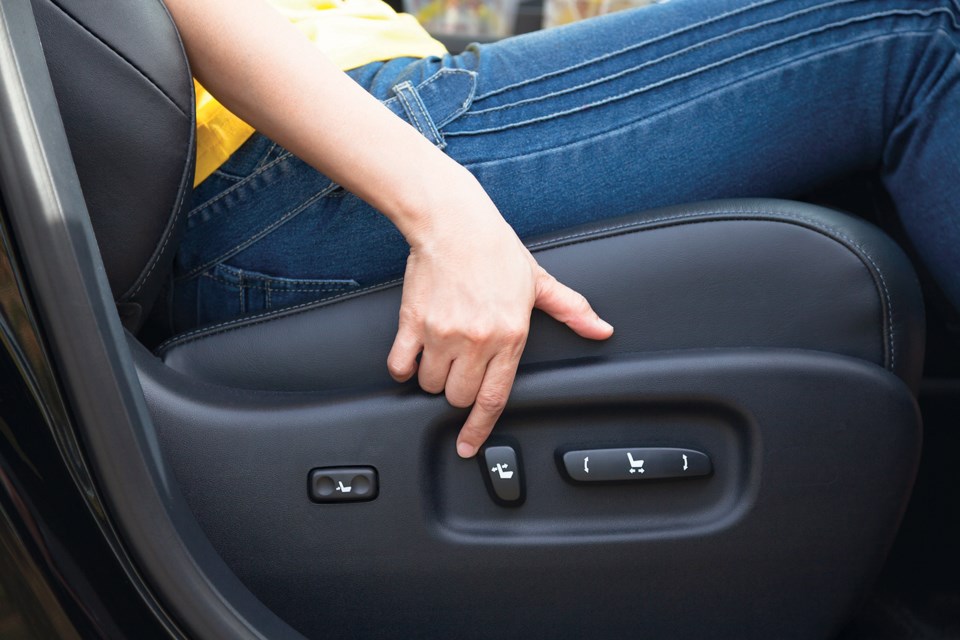Do you suffer from aches and pains after a long drive? If so, do your neck and back a favour by following these five tips.
1. Adjust your seat
Is your seat properly positioned? Here’s how you can tell:
• You can press down on the pedals using your entire foot, heel to toe
• Your elbows are slightly bent when you grip the steering wheel
• There’s three to six centimetres of space between the back of your knees and the front of your seat
• Your thighs and back are fully supported by the seat and backrest
If you find you need more lumbar support, place a cushion behind the small of your back.
2. Relax your posture
Sit comfortably against the backrest and place your hands on the steering wheel at the nine and three o’clock positions. Avoid leaning your head forward. If you’re forced to lean forward, it means your seat is excessively reclined and needs to be adjusted.
3. Take regular breaks
If you’re going on a long drive, stop every couple of hours to walk around and stretch. This will ease sore muscles and promote blood circulation. You can also move your arms, wrists and neck when waiting at a red light.
4. Check the air flow
To promote blood circulation when driving, direct heat to your upper body rather than to your legs. Conversely, in summer, direct the air conditioning toward your legs.
5. Empty your pockets
If you have bulky items in your pant pockets, they can hinder movement in your pelvis or impede circulation in your legs. Before you get behind the wheel, remove your wallet, smartphone and other objects from your pockets.
Adopt these good habits and you should feel more alert at the wheel and be free of pain when you reach your destination.




